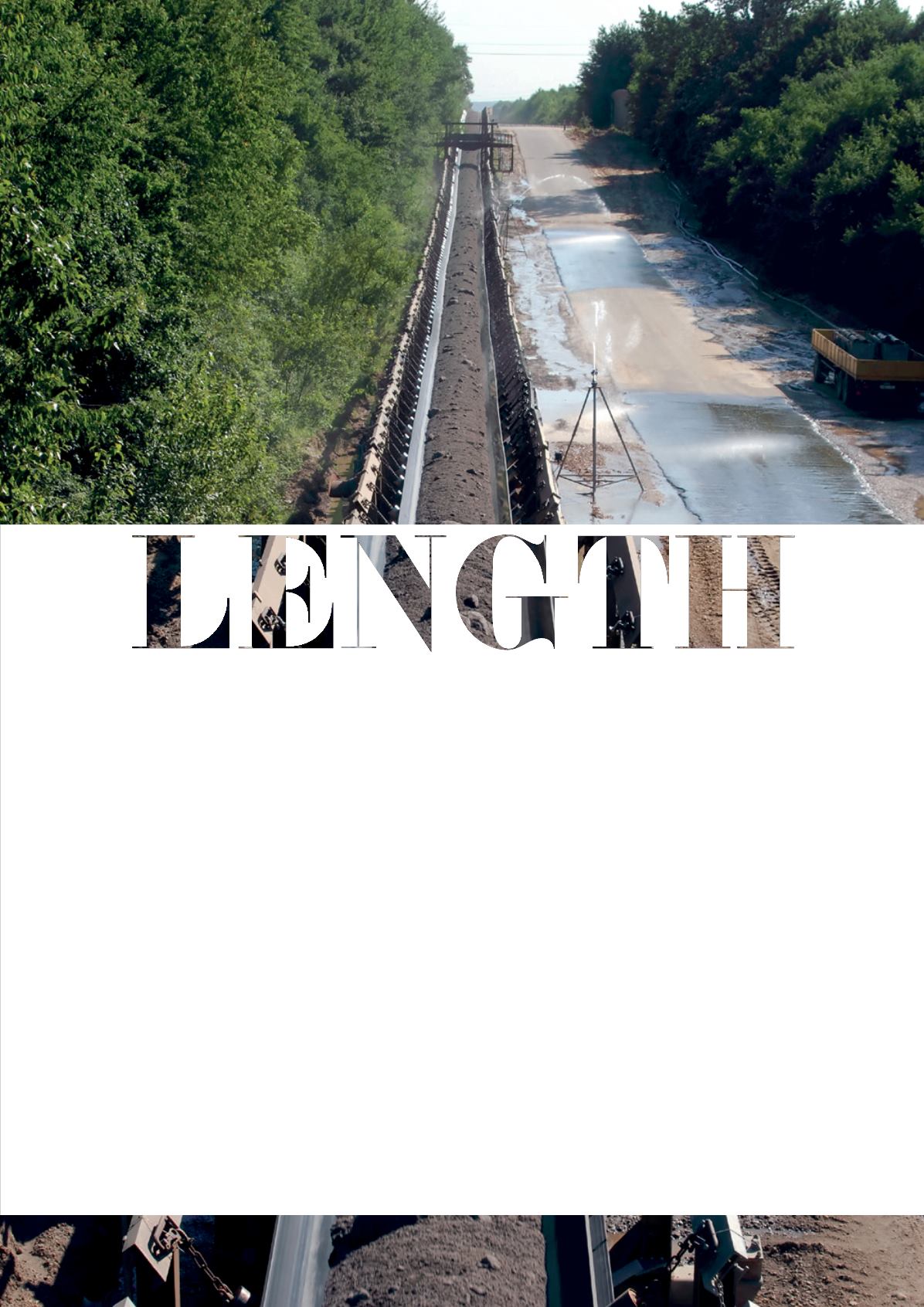
July 2015
|
World Coal
|
31
GOING THE FULL
DavidMorrison, Bechtel Mining andMetals, headquartered in Australia,
details an approach to the optimisation of long and large conveyors.
T
here are a number of reasons why a resource project
owner may take the decision to build a long or large
conveyor, all of which are based on economics and
the safety of their personnel. The reasoning is
always sound. The ultimate results are not always so clear
cut.
After the decision is reached, the designers of these
conveyors have a tendency to reproduce what they do for
in-plant conveyors, just bigger, or more of it, without really
reflecting on the magnitude of the investment they are
controlling. In delivering only a larger or longer version of
what they are familiar with, they lose a lot of the commercial
and safety advantages they have sought to achieve in the first
instance.
Through the examination of a conveyor similar to a recent
large project, the following proposes a methodology for
realising the maximum benefit in the use of long and large
conveyors. What is outlined here is similar to a number of
large projects that have been developed in the last few years.
The conveyor
For the purposes of illustrating the methodology, the
following conveyor has been conceived (Table 1). Further
specifications as follows:
n
Elevated structures (Table 2).
n
Power requirements (Table 3).
n
Capital investments (Table 4).
n
Operating requiements (Table 5).
Some effort in optimising the selection of components,
structural and mechanical arrangements and electrical
installation is clearly beneficial. Rather than run with
convention, in this methodology it is best to break the design
development down to the most fundamental level: the
carrying mechanism and the drive system.
Selecting a carrying mechanism
We are trying to carry a stream of material. We are using a
belt to do so. Beyond those criteria the remaining decisions
require some thought. There is a trade‑off to work through,
regarding the width, strength and shape of the belt used in
carrying this material.
Fundamentally, all designers understand that the belt will
carry more if it’s troughed. But what trough shape should it
take? A half circle is the optimised volume to belt width, but
how to support that? Despite the initial enthusiasm that
greeted the aerobelt concept, most designers decide to sit the
belt on rollers. As a result some kind of compromised shape is


